Japan, Tosoku
Tosoku RE45B Series Manual Pulse Generator

Product Made in Japan
Manufacturer: Tosoku
Model: RE45B Series
RE45B series are optical manual pulse generators developed for NC machine tools
Features
● Eco-friendly: RoHS compliant
● Comfortable wide knob
● Various Options
● Printing Logotype on the wheel cover upon request
● Long life use
Specifications
| Application | 5V input | 12V input | Differential line | Photo coupler | |
| Power Voltage | DC5V±10% | DC12V±10% | DC5V±10% | DC10.8Vto 26.4V | |
| Current Power (pull up) | ≦ 80mA | ≦ 60mA | ≦ 150mA (90mAtyp) | ≦ 60mA | |
| Current Power (Open collector) | ≦ 30mA | ≦ 40mA |  |  | |
| Output | 330ΩPull-up or Open collector | 2.2KΩPull-up or Open collector | RS-422A (Line driver) Terminating register at receiver:100Ω/phrase | Open collector (Current output type) | |
| Output voltage | 1 level:(Power voltage –0.5V) ≦ | 1level: Transistor/ON | |||
| Output voltage (Pull up) | 0 level: ≦ 0.4V (No-load) | 0level: Transistor/OFF | |||
| Collector voltage | ≦ DC30V | ≦ 30V | |||
| Collector voltage (Open corrector) | ≦ 40mA | ≦ 50mA | |||
| Pulse per revolution | 100pulse/100Click or 25pulse/100Click | ||||
| Click torque | A, B, C: 8 ~ 16mN.m | ||||
| D: 32 ~ 64mN.m | |||||
| Rotational Durability | Over a million rotations | ||||
| Protection against water | D type only: 2m water resistant (2h) (Do not push or rotate under the water) | ||||
| Operating Temperature | -10°C | ~ | 60°C | ||
| 14F | 140F | ||||
Part number designation
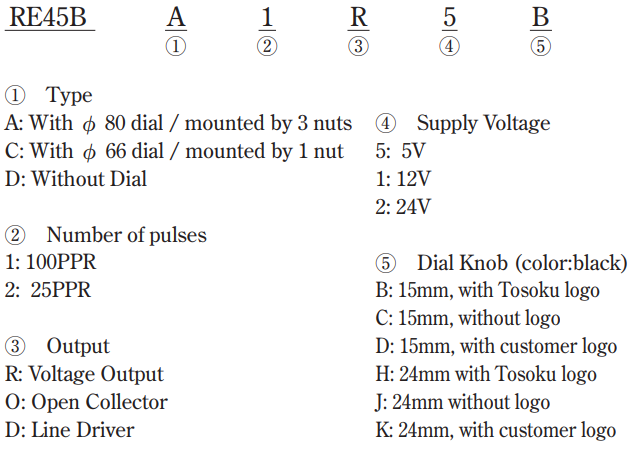
| Model | Supply | Pulse per Revolution (PPR) | |
|---|---|---|---|
| RE45B_1R5 | 5V | 5V | 100 PPR |
| RE45B_1R1 | 12V | 12V | 100 PPR |
| RE45B_105 | 5V | OC | 100 PPR |
| RE45B_101 | 12V | OC | 100 PPR |
| RE45B_102 | 24V | OC* | 100 PPR |
| RE45B_1D5 | 5V | Differential Line* | 100 PPR |
| RE45B_2R5 | 5V | 5V | 25 PPR |
| RE45B_2R1 | 12V | 5V* | 25 PPR |
| RE45B_205 | 12V | OC | 25 PPR |
| RE45B_201 | 12V | OC | 25 PPR |
| RE45B_202 | 24V | OC* | 25 PPR |
| RE45B_2D5 | 5V | Differential Line* | 100 PPR |
*Differential Line: Connect with terminating resistance 100Ω(Based on RS-422 line receiver).
*5V:Supple voltage=12V, Output voltage=5V
*OC: For photo coupler only, Supply voltage 12 〜 24V
Dimensions (mm)
● Type A (with 80 dial / mounted by 3 nuts)
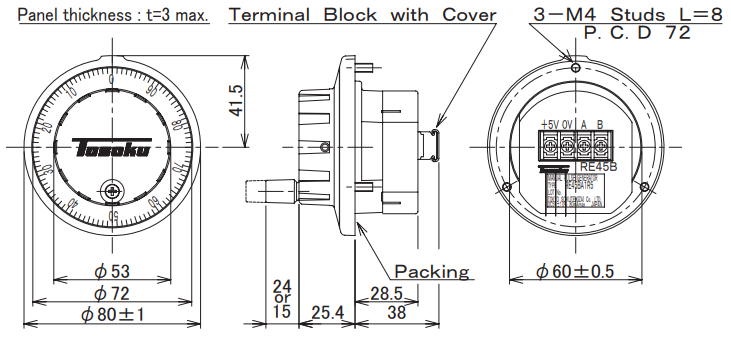
● Type A, Mounting hole dimensions (mm)
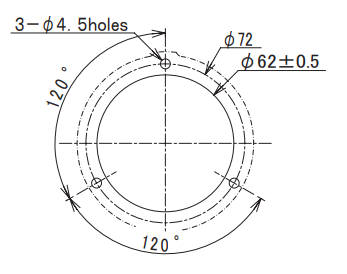
● Type C (with 66 dial / mounted by 1 nut)
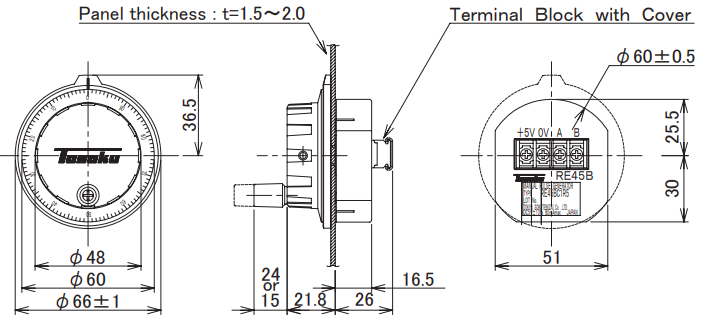
● Type C, D, Mounting Hole Dimension (mm)
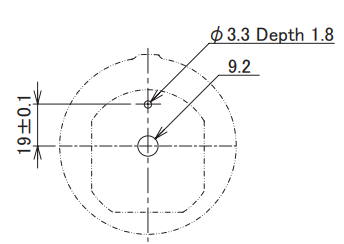
● Type D (without dial)
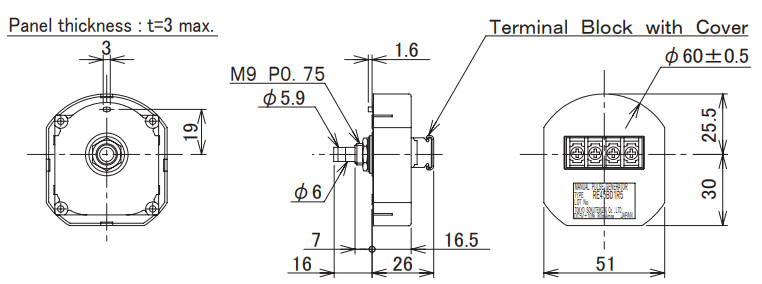
Circuitry

Output Waveform
1) Turning the shaft clockwise would generate the signal A when the signal B outputs a low voltage (0);
2) Rotating the shaft counter-clockwise would generate the signal A when the signal B outputs a high voltage(1);
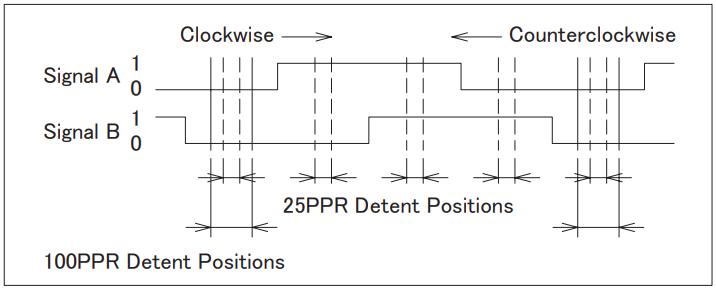
Related Products
-

Gentos AX-P2R Wide Beam Bike Light (1000lm / 8550cd)
-
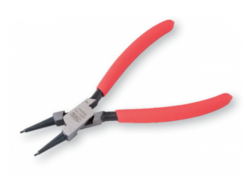
TONE SRPH Snap Ring Pliers
-
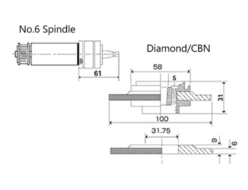
UHT Corporation Diamond Grinding Wheels for Spindle No.6 #200
-
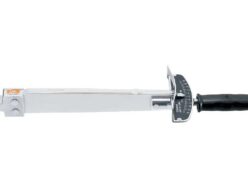
Tohnichi CSF/CF Interchangeable Head Torque Wrenches
-

Chino R903 Series Headless Type Resistance Thermometers (Buried Type)
-

Watanabe WAP-FDH Pulse Divider – Signal Converter






